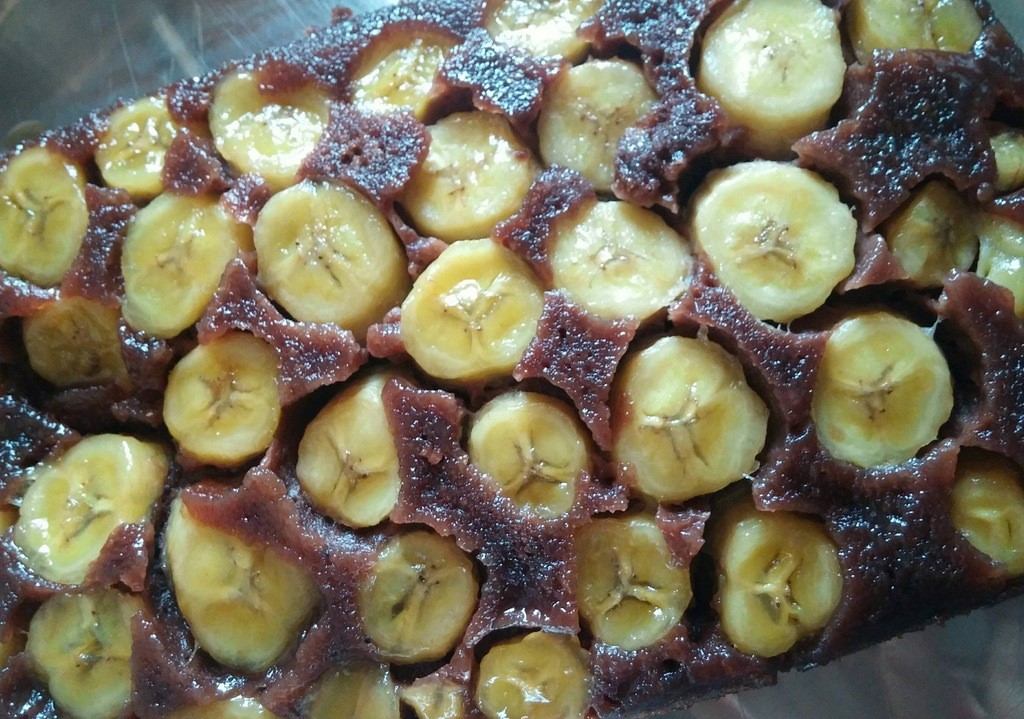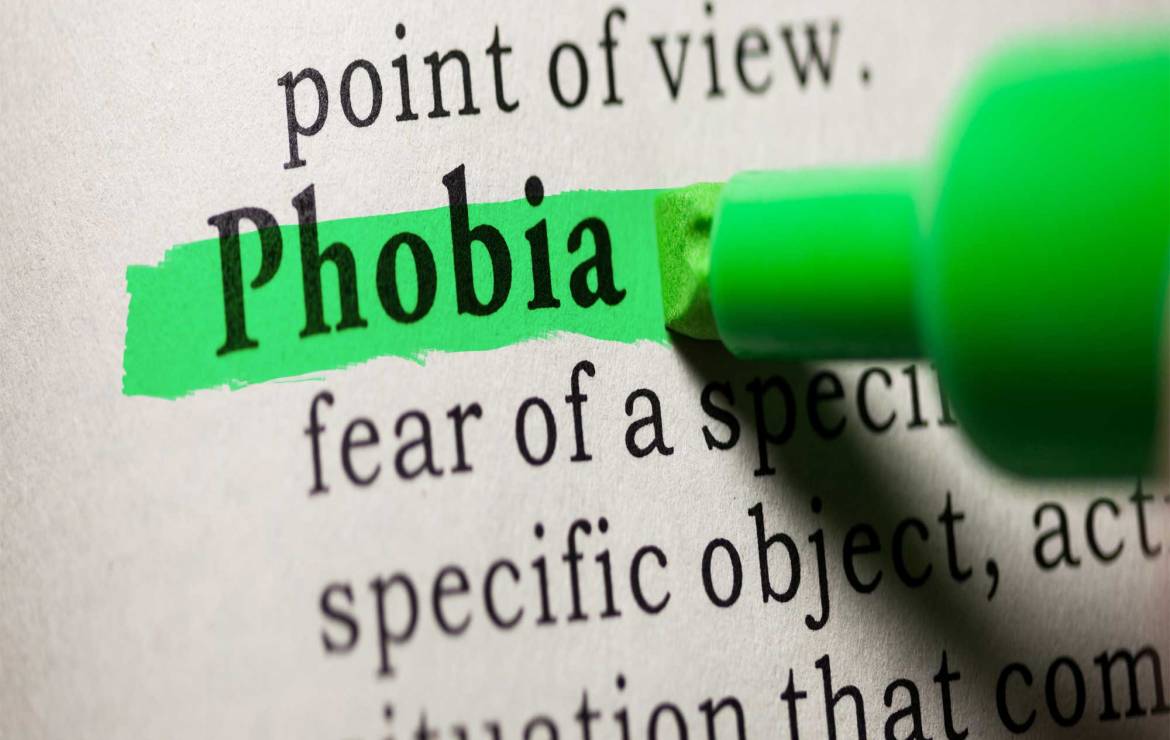Is Trypophobia a Real Phobia?

Everyday plants can trigger Trypophobia
You may have heard of arachnophobia, or the fear of spiders. You may have heard of Acrophobia, or the fear of heights. Maybe you have met a germophobe, also known as mysophobia, the fear of germs. These are a few of the more well known phobias, but one you may not have heard of is known as Trypophobia. This less commonly known phobia is the fear of holes that are close together. People who suffer from this fear are known as Trypophobes, and the severity of the symptoms and what kinds of wholes trigger their fear vary widely from one person to another. One Trypophobe may be affected by the seeds in a pomegranate, holes found in cheese, or the cells of a honeycomb. Another may not have a reaction to any of these simple objects, but might rather fear baby toads swimming out of the holes on the back of its mother in the case of the Surinam toad. They may not be fearful until they see insects or worms boring into the skin of a dead animal. Their reactions to the sights may be as different from person to person as is the difference in what images trigger them. These can vary from itching and discomfort to nausea, a skin crawling sensation, and even panic attacks. For one simply looking away from the object of image that is causing the fear will relieve them of their Trypophobia, but on the other hand, there are others whose thoughts remain haunted by the images and may fear coming across their next trigger. This fear may be lesser known, but it is gaining popularity.
Rise in Popularity
The word first appeared in 2005 in a forum on the web, but started growing in use after 2012. There are several Facebook groups for Trypophobia, including the groups: Trypophobia: Fear of Clusters of Holes, Trypophobia, and Trypophobia awareness. There are thousands of members in total participating in these groups. There are many articles that have been created as well as videos. You can find thousands of trigger images all over the web to which some complain for triggering those suffering from the condition. Many Trypophobia tests can be found on the web including Youtube videos or image galleries. These tests display series of images that induce symptoms. If you can’t look at all of these images without experiencing itchiness or fear, you may be a Trypophobe.
Even the widely popular TV series American Horror Story features a character with Trypophobia in its 7th season. This horror genre series features Trypophobic stimuli such as coral, beehives coming out of the top of scalps, and clowns with clustered holes in their faces. Any book, film, or TV series in the horror genre tries to elicit fear and terror in the audience and yet keep their attention. People like horror for the racing of their heart and the adrenalin that the fear induces. The fact that a horror series like American Horror Story uses Trypophobia as one tactic to do this shows the increasing recognition of the condition and the powerful effect that it can have on an individual.
Trypophobia’s use on the web and in pop culture is ever increasing. Because of its rise in popularity, it is better known, and will, perhaps, lead to more research. Who knows how long the popularity will last. Only time will tell if the buzz will die down or increase, but those who have it will never forget it.
Is it a Phobia or Not?

Is Trypophobia a real phobia?
In spite of the rising popularity amongst the web, Trypophobia is not designated as an actual phobia according to the American Psychiatric Association’s Diagnostic and Statistical Manual of Mental Disorders, 5th Edition, or DSM5. There is much debate as to whether it should be considered a phobia or not. Some suggest that it is not currently considered a phobia simply because there is not enough data to support that it is yet. Many believe that just because people are disgusted by these images, it does not qualify them as having and actual fear of them. Although psychiatrist Carol Matthews does not believe that what most internet literature claims is Trypophobia. She believes that the itching caused by the online tests and images is a result of priming, a psychological effect. She says that the sites or videos warning to check for itching or by asking if a stimuli makes you itch increase your chance of it having that effect versus just showing the image. However, she told NPR (National Public radio) that “There might really be people out there with phobias to holes, because people can really have a phobia to anything.”
As Carl Matthews explains, one can have a phobia to anything. The very nature of any phobia is irrational fear. It may be true that many who react to the images are not actually afraid of the images and thus truly Trypophobes, but there are many who experience the phenomena outside of internet exposure. Some have been affected by this condition long before they ever knew what it was called or came across it on the web. What about those with more severe cases of Trypophobia? Many deal with the consequences of their condition in everyday life. Thousands seek help through the Facebook groups as well as other online support. Is it warranted to say that these people living with fear are not experiencing a real phobia as compared to other phobias?
In a study with the intent to determine whether Trypophobia resembled a phobia more or obsessive compulsive disorder, researchers found that it better fit DSM5’s requirements for a designation of a phobia rather than obsessive compulsive disorder. The researchers found that “Trypophobia was associated with a great deal of psychological distress and impairment, and affected work, social life, and home life…These findings reinforce the notion that trypophobia is a clinically significant phenomenon associated with substantial morbidity, and warrants clinical attention.” They believe that there is enough data to argue that Trypophobia does meet DSM5’s requirements to be classified as a phobia.
The criteria for DSM5 are simplified as follows:
• Unreasonable, Excessive Fear: The person exhibits excessive or unreasonable, persistent and intense fear triggered by a specific object or situation.
• Immediate Anxiety Response: The fear reaction must be out of proportion to the actual danger and appears almost instantaneously when presented with the object or situation.
• Avoidance or Extreme Distress: The sufferer goes out of her way to avoid the object or situation, or endures it with extreme distress.
• Life-Limiting: The phobia significantly impacts the sufferer’s school, work or personal life.
• Six Months Duration: In children and adults, the duration of symptoms must last for at least six months.
• Not Caused by Another Disorder: Many anxiety disorders have similar symptoms. Therefore, your therapist must rule out other disorders before diagnosing a specific phobia.
The researchers in the previously cited study found that it fits the life-limiting requirement due to its affect on everyday life. The study also discussed how it caused severe reactions in some of the participants which meet the excessive fear requirement. As found in the quote of the study, “Trypophobia was associated with a great deal of psychological distress and impairment “, we can also see that it meets requirement of extreme distress. As also has been discussed in this article, some have experienced Trypophobia since their childhood. That would show that at least for some it lasts much longer than six months. When examining the criteria it is easy to see why the researchers would claim that there is enough evidence to argue that it is in fact a real phobia, at least for some who believe that they have it. Perhaps with more research, there will be more and more evidence to support that it is indeed a real phobia. Maybe then, will Trypophobes get better treatment and be better understood, but for now it remains as a fear and internet sensation.
What can be done about it?

Scientists are still researching Trypophobia
Regardless of classification, it is safe to assume by reason of the many Trypophobes who have come out, that there are indeed people who are affected negatively by triggers and need help. Is there a way to help or end their suffering? Well, yes there is hope. Trypophobia, fortunately, can be treated in similar ways to phobias that are recognized. Methods to treat phobias include exposure therapy, in which the patient is subjected to trigger images in order to help the patient become used to seeing stimuli, and cognitive behavioral therapy which helps patients to view the phobia in a different perspective. Sometimes medication may be necessary to treat the symptoms until a more permanent treatment such as exposure therapy or CBS therapy can cure them. Medical professionals still can help with therapy although the Trypophobia isn’t a credited as a phobia by the medical field. Generally, it can be cured, or at least managed, through these methods.
References
-https://www.facebook.com/groups/3318322299
-https://www.facebook.com/trypophobia1/
-https://www.facebook.com/Trypophobia-awareness-401218656744173/
-https://www.buzzfeed.com/gretaalvarez/ahs-cult-trypophobia?utm_term=.khkvp7OgX#.qqoG4qNZJ
-https://www.npr.org/sections/thesalt/2013/02/13/171383429/fear-of-cantalopes-and-crumpets-a-phobia-rises-from-the-web
— “Trypophobia: an investigation of clinical features”, Michelle Vlok-Barnard, Dan J. Stein, Department of Psychiatry and Mental Health, MRC Unit on Risk and Resilience in Mental Disorders,University of Cape Town, 2017, available at http://www.scielo.br/scielo.php?script=sci_arttext&pid=S1516-44462017005009102
-Found at:https://4.bp.blogspot.com/-4fFiQ_2ovg4/V45aOJN6t8I/AAAAAAAAAQ8/nOwrNlp0tBgJHjn0KmgS3YGbM2Llhs-XACEw/s1600/Trypophobia%2Btangan%2B5853.jpg
-Found at: http://pimplepopper.org/wp-content/uploads/2016/06/Trypophobia-Cake.jpg

